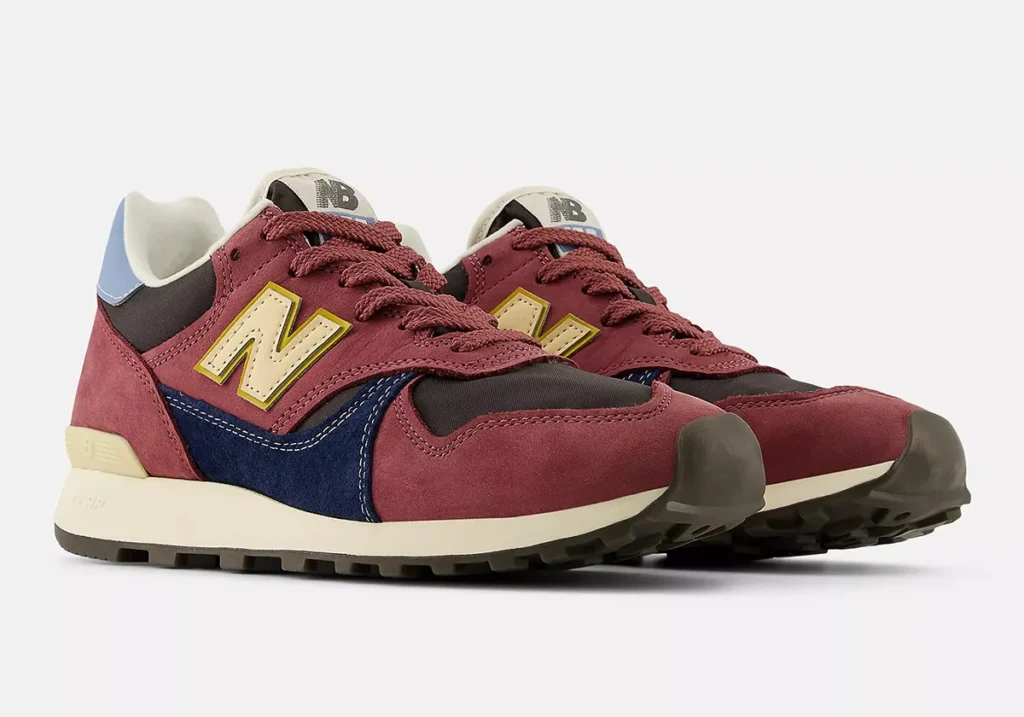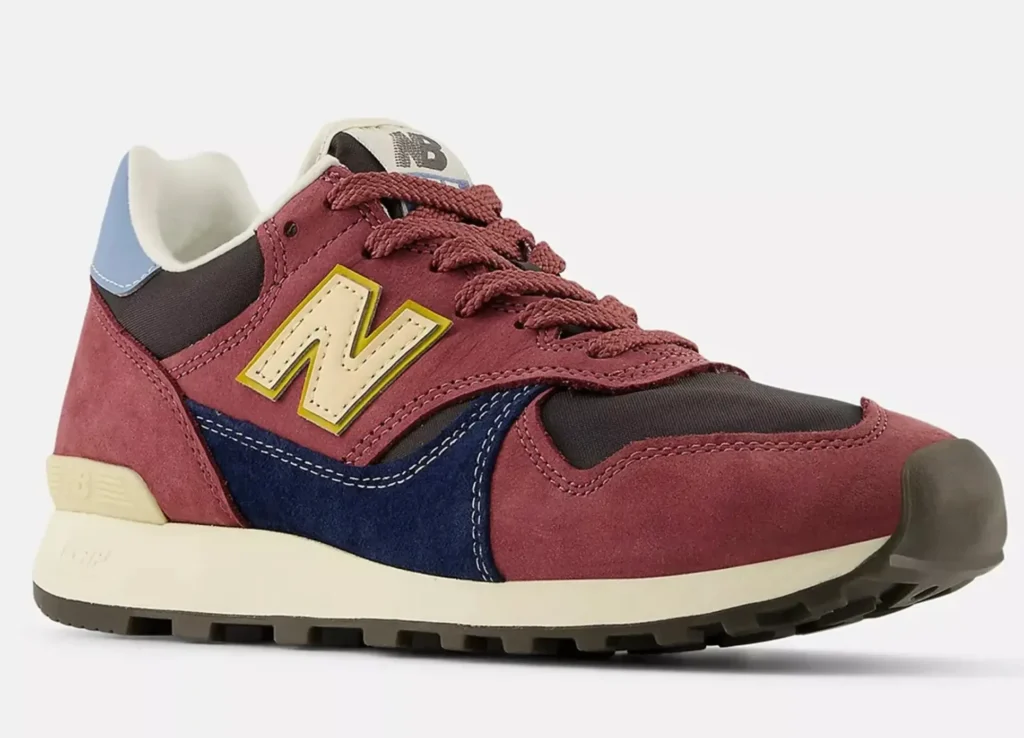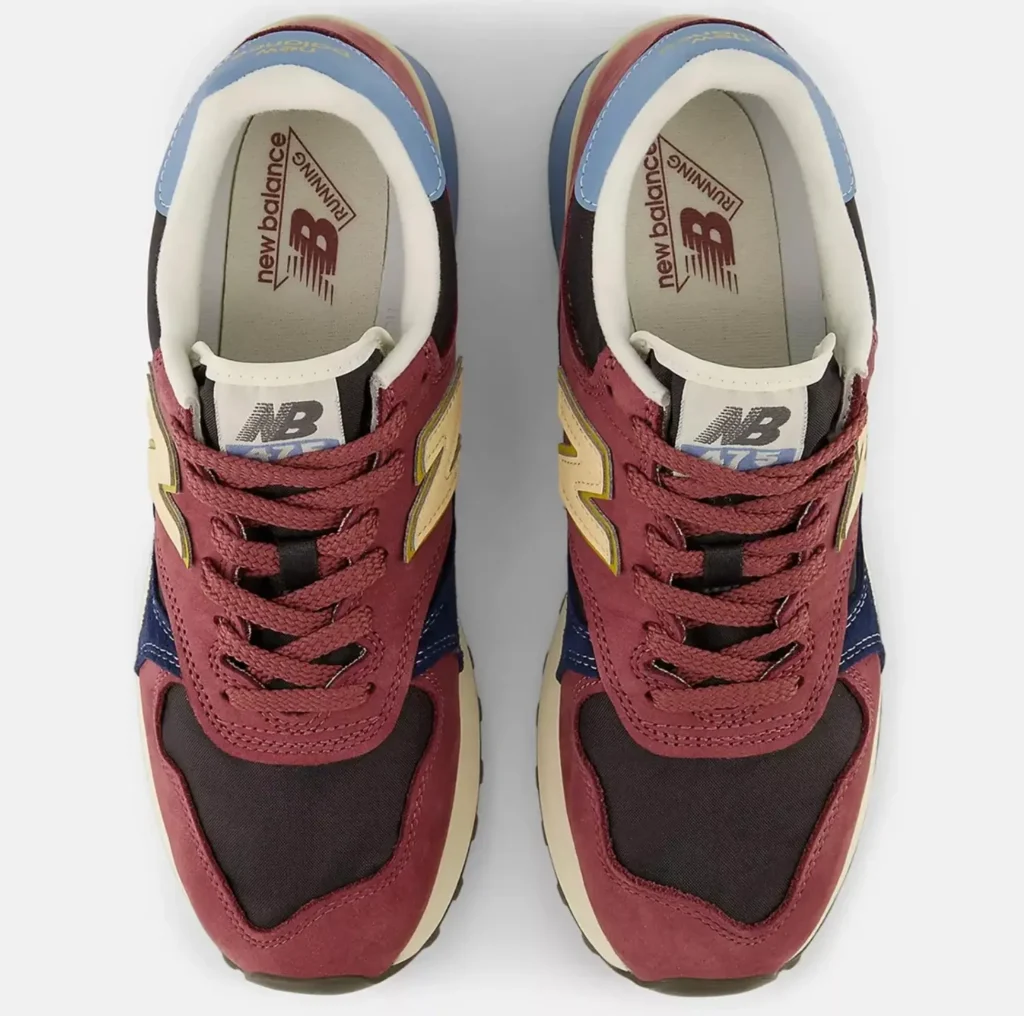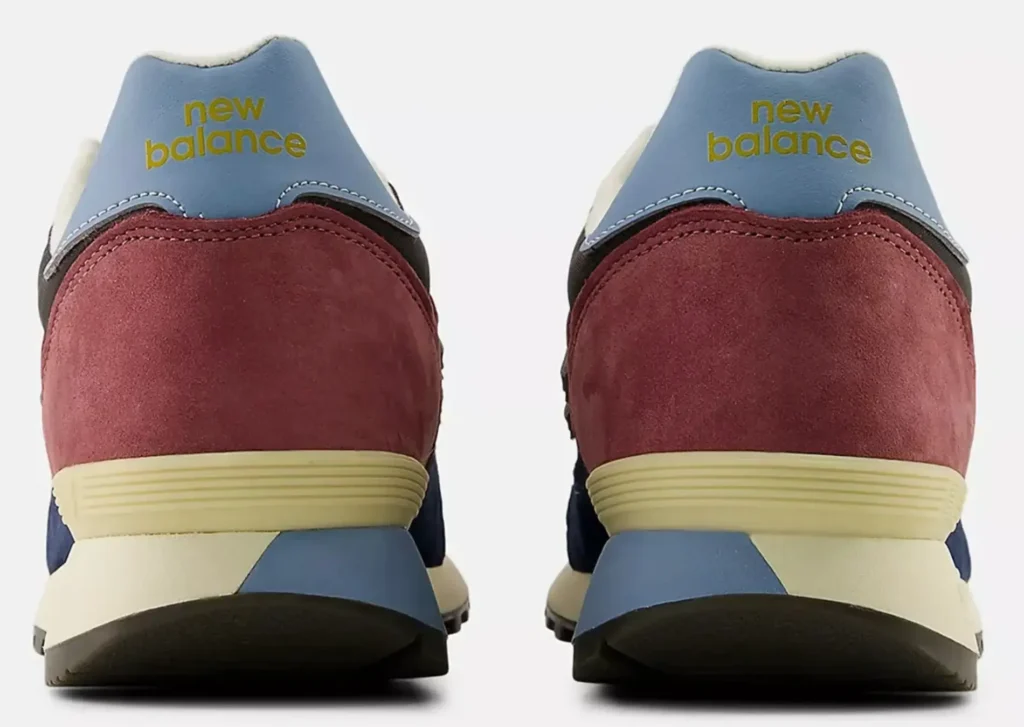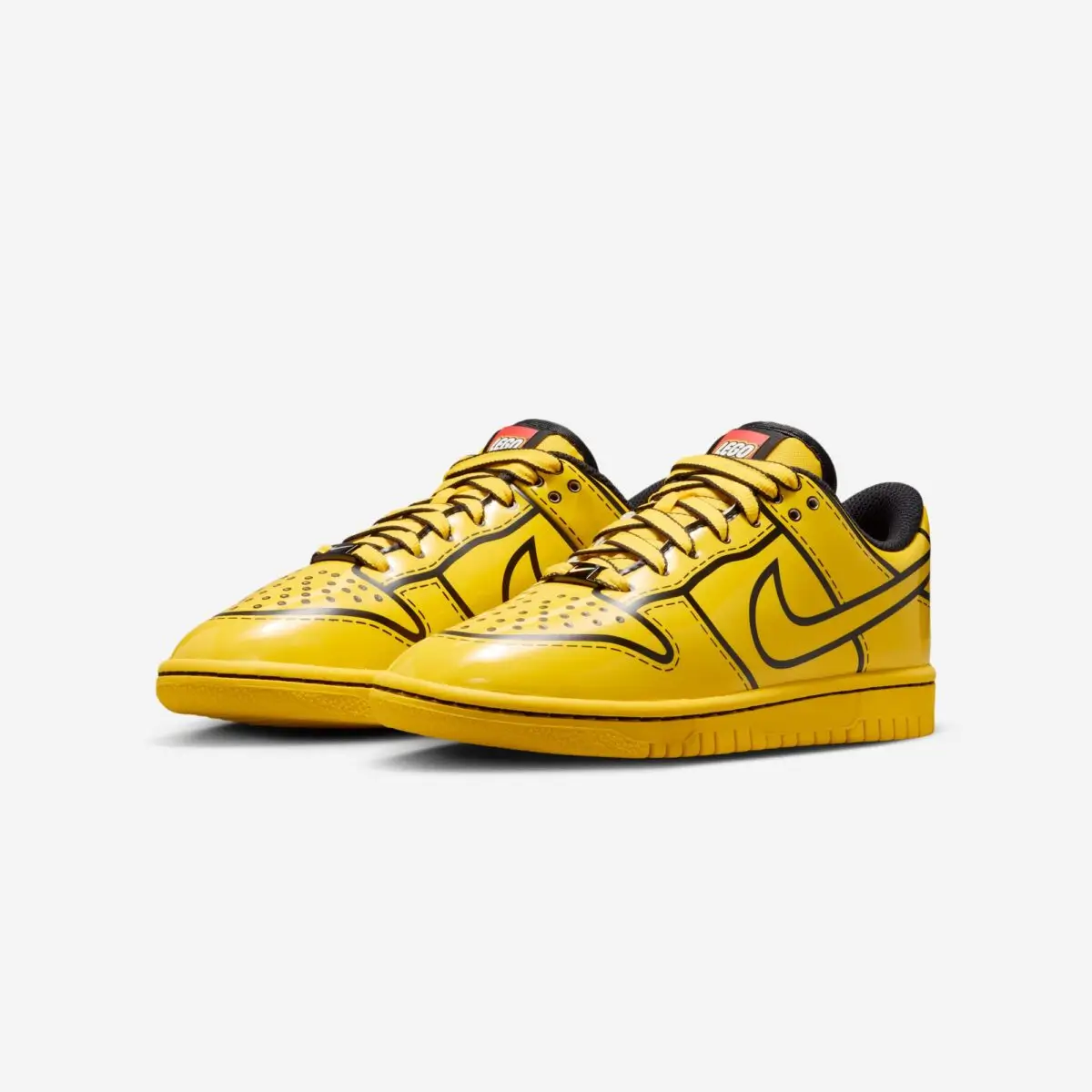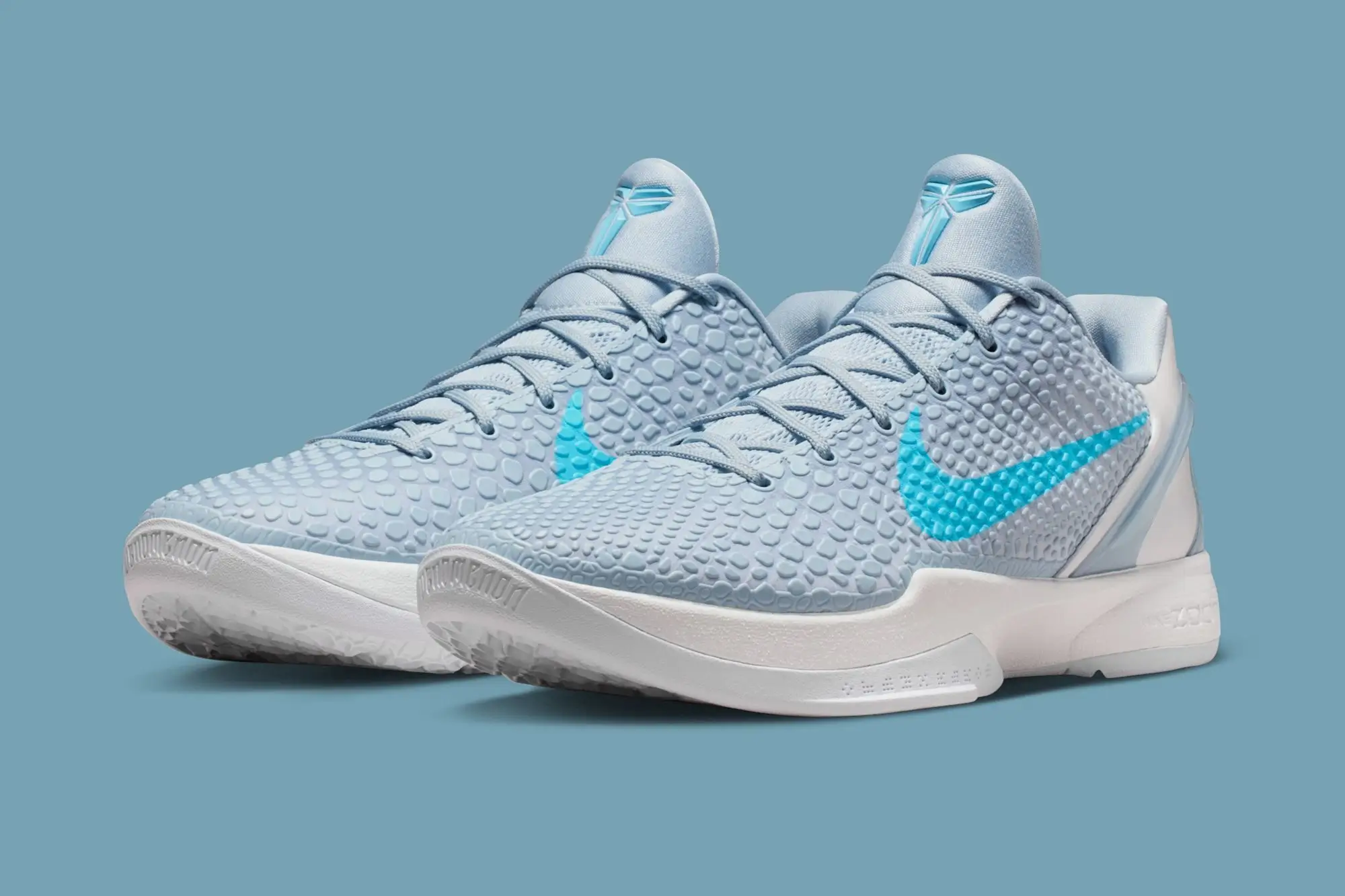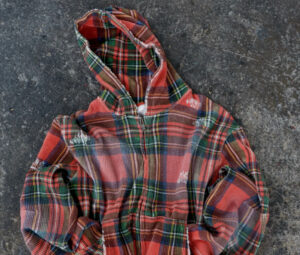a return
The New Balance 475 is quietly, steadily building one of the most interesting comeback arcs in the sneaker world. Once a mid-2000s trail sneaker overshadowed by louder, chunkier models in the New Balance archive, the 475 has reemerged with unexpected momentum. Its revival has been slow but deliberate, driven not by hype manipulation but by genuine enthusiasm from collectors, stylists, and fans of New Balance’s rugged DNA. The newest colorway, “Washed Burgundy,” pushes that trajectory further, presenting a palette that feels archival yet modern, nostalgic yet effortlessly aligned with today’s taste for subdued, earthy tones. It is not a reinvention locked in futurism; it is a restoration, a polished return of a shoe that always deserved more shine.
The 475’s comeback fits into a broader moment within New Balance where heritage silhouettes are being recontextualized rather than redesigned. The brand isn’t chasing maximalist trends or loud collaborations here. Instead, it is banking on the idea that the best stories are already in their vault. The “Washed Burgundy” edition, with its desaturated reds and gentle aging effect, feels like an artifact pulled from a well-loved wardrobe rather than a factory line. It is precisely that lived-in aesthetic that resonates right now, where sneakers don’t need to scream for attention to be noticed.
theory
Burgundy has always been a powerful sneaker color, but “washed burgundy” moves in a different lane. It isn’t bright, and it isn’t wine-dark; it sits somewhere between a dusted plum and a vintage oxblood—evoking thrifted fleece, faded outerwear, and the textured patina of age. It interacts with New Balance’s mesh and suede in a way that highlights depth instead of saturation. On this pair, the suede overlays appear brushed-back and intentionally softened, while the mesh underlays lean into a chalkier tone, adding air and breathability to the palette.
New Balance has always excelled at tonal balance, and this drop continues that lineage. The neutral midsole stabilizes the entire scheme, giving the burgundy room to breathe rather than letting it overwhelm the silhouette. Accents of grey and muted black create a practical contrast, reminding the wearer that the 475 is still, at its core, a trail-bred sneaker designed for durability. The result is a colorway that feels both aesthetic and functional, ready for city styling yet grounded in outdoor performance cues.
identity
Part of the 475’s new appeal lies in how New Balance has maintained the shoe’s rugged origins instead of sanding them down. Every panel, seam, and transition still carries the DNA of mid-2000s all-terrain designs—chunky enough to feel durable but shaped enough to avoid the heavy, bulky sensation of older trail footwear.
The suede is thick and tactile, a nod to the model’s hiking-leaning source material. The mesh is wide-gauge, not the tight runner mesh seen on 990 or 2002R models. These choices matter because they preserve the authenticity of the 475’s narrative. Consumers today value that sense of lineage, and New Balance has given the impression that the 475 never really left—it was just paused, waiting for the right moment to be reintroduced.
The outsole remains one of the standout features. Aggressive without being exaggerated, the multi-directional traction system underscores the shoe’s practicality. It’s not simply a lifestyle piece masquerading as a trail shoe; it can genuinely handle mixed terrain, wet pathways, and daily wear. This structural confidence pairs well with the vintage-leaning “washed” palette, creating a sneaker that looks aged but performs young.
style
The beauty of the “Washed Burgundy” 475 is its versatility. Despite leaning into a color many would consider strong, the desaturated finish makes it uniquely easy to style. It works fluidly with neutrals, creams, washed blacks, forest greens, and even stone blues. The shoe complements autumn and winter wardrobes effortlessly but also adds depth to spring and summer fits.
In the current style climate—defined by workwear, gorpcore, and a shift toward textured, tactile pieces—the 475’s profile fits naturally. The model looks particularly effective with straight-leg trousers, cargos, distressed denim, and technical outerwear. It can function as a quiet statement piece, grounding an outfit without overshadowing it.
This is where New Balance’s strategy shines. They’ve created a sneaker that aligns with the aesthetic preferences of today’s consumers while keeping the look entirely authentic to the shoe’s roots. It’s neither overly polished nor excessively distressed. Instead, it delivers that elusive middle ground: refined ruggedness.
revival
The reboot of the 475 is more than just another retro. It’s part of a multi-layered approach in which New Balance is diversifying its nostalgia portfolio. Models like the 860v2 and 1906R have dominated the performance-lifestyle market, while the 550 and 650 took the basketball segment by storm. Now, the brand is leaning into lesser-known archival models—shoes with niche followings but strong design bones.
The 475 appeals to a different kind of consumer. It resonates with those who crave alternative silhouettes, who look for sneakers that feel familiar in quality but original in shape. It’s a sneaker for people who want New Balance craftsmanship without wearing the same model as everyone else on the street.
The “Washed Burgundy” drop specifically pushes the narrative forward. It shows that the brand is confident enough to release colorways that feel artisanal rather than trend-chasing. These color treatments are reminiscent of boutique brand collaborations, even when they’re general releases. That elevated approach to everyday models is what has made New Balance a powerhouse again.
position
Quiet luxury has migrated into shoes, and the 475 is benefitting from that evolution. Consumers today want models that look intentional, minimal, and functionally grounded. The 475 checks all three boxes. It isn’t trying to be futuristic or hype-driven; it’s an understated shoe with a story and identity.
If New Balance continues leaning into these color-rich yet muted palettes—slate blues, taupe greys, moss greens, rust browns—the 475 could build a catalog as strong as the 2002R or 1906. With the right pacing, selective collaborations, and accessible pricing, the model has the potential to become a long-term staple instead of a seasonal phenomenon.
The “Washed Burgundy” edition signals that the future of the 475 is expansive. The comeback isn’t just continuing; it’s accelerating.
No comments yet.

